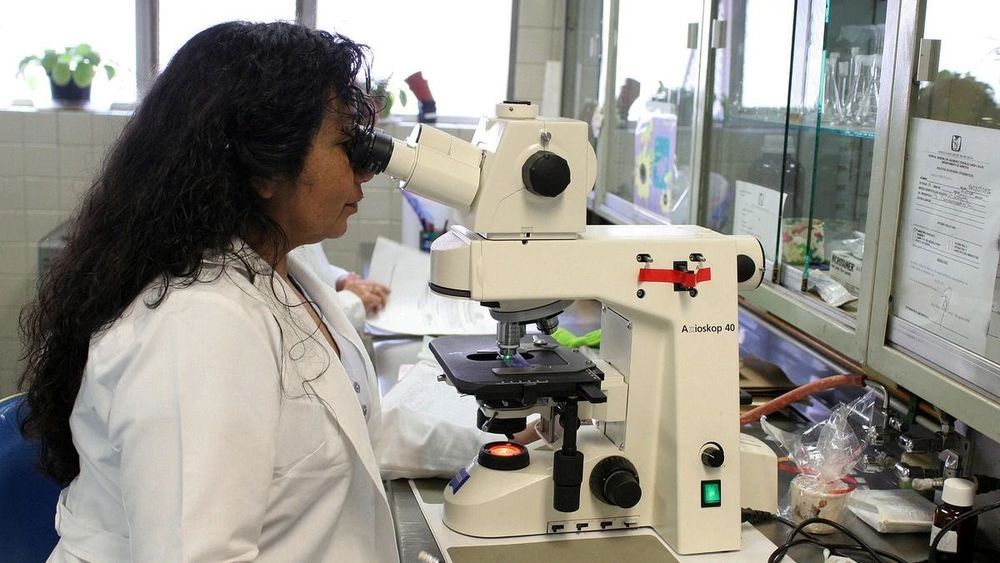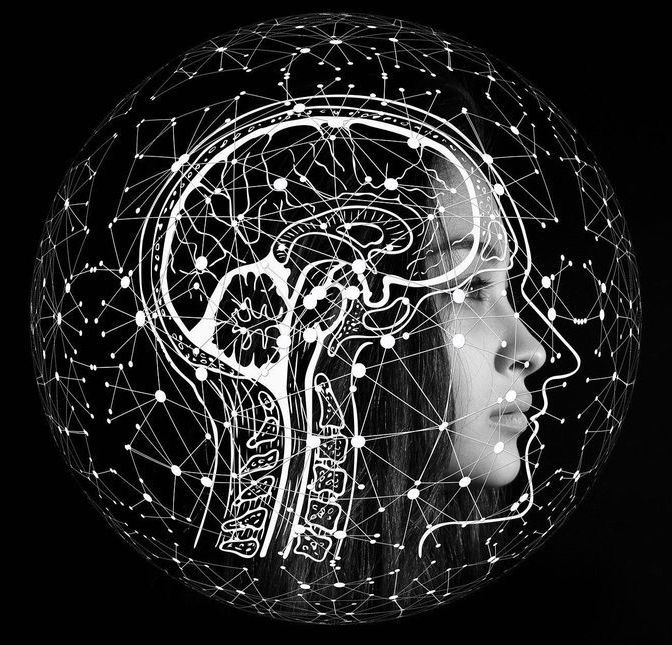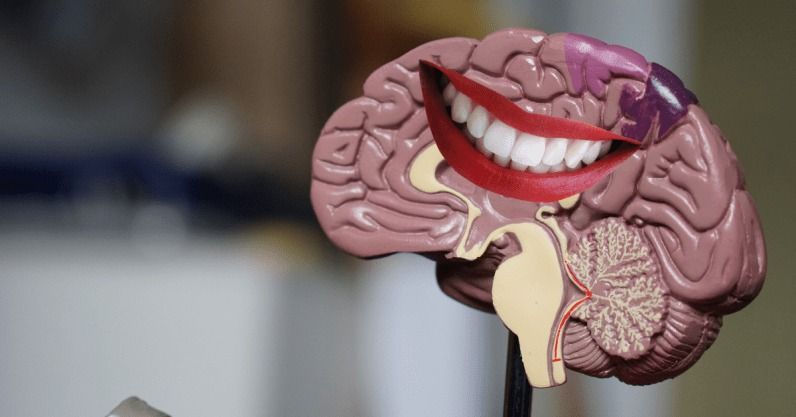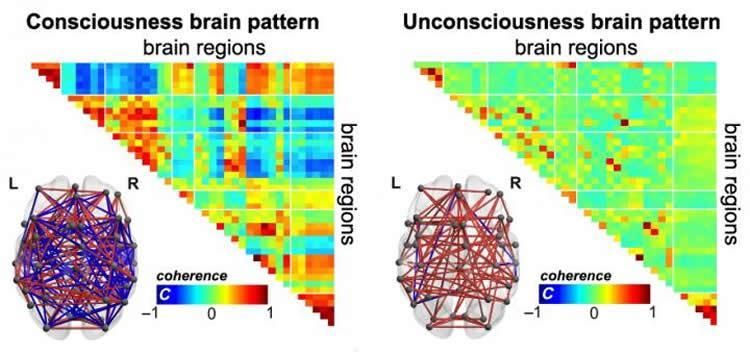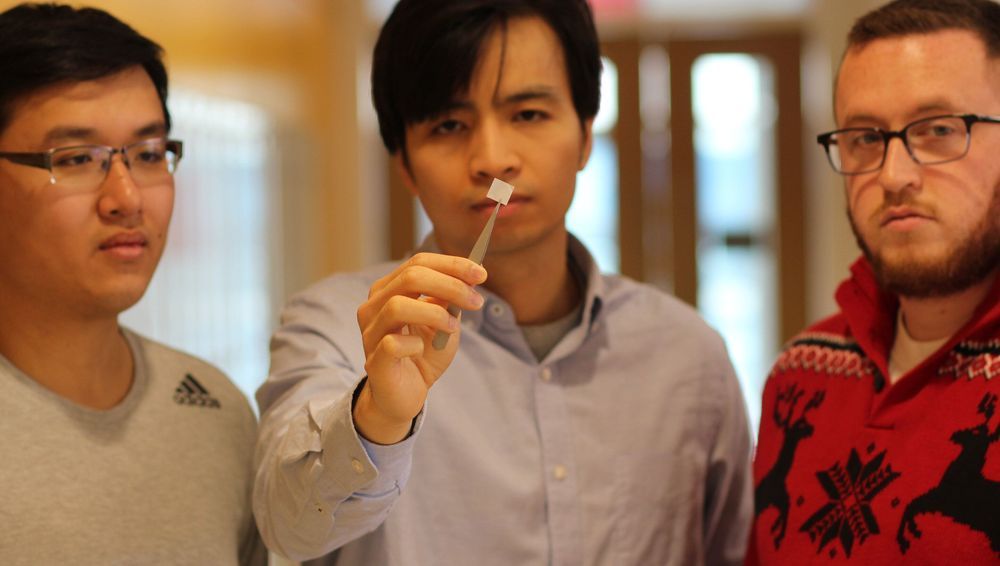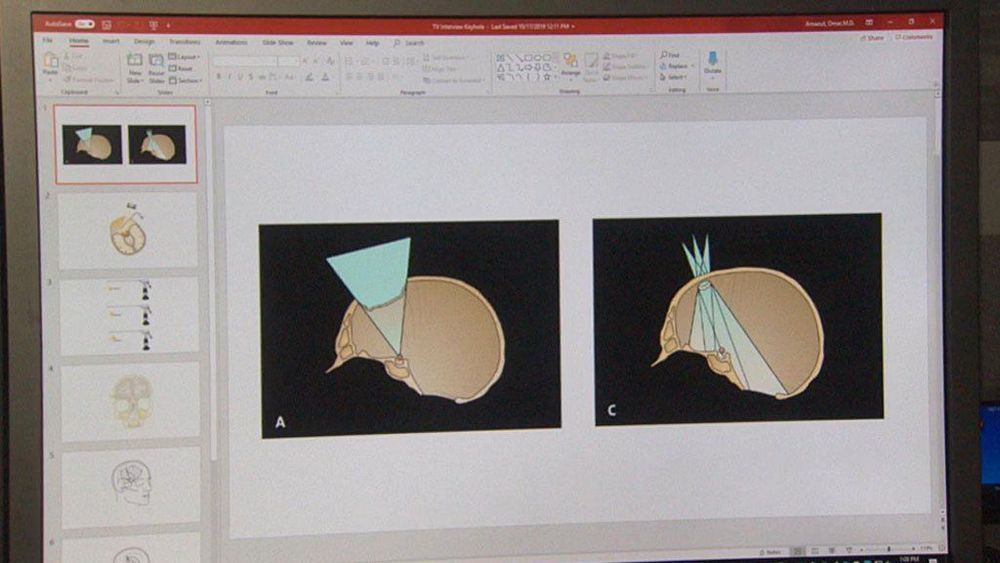In his new book, The Deep History of Ourselves: The Four-Billion-Year Story of How We Got Our Conscious Brains, neuroscientist Joseph Ledoux assigns himself the simple tasks of explaining how consciousness developed and redefining how we create and experience emotions.
Obviously, I’m being facetious. There’s nothing simple about these tasks, yet in Ledoux’s capable hands the reader is led, step by step, through the past four billion years of life on this planet. Consciousness, a phenomenon responsible for your ability to read and understand these words (as well as much, much more), often feels like a given, yet that’s only because human life is short and evolution is so very long.
Ledoux writes about history splendidly. In his last book, Anxious (which I write about here and here), he investigates the development of nervous systems, entertaining the prospect that anxiety and fear are not innate physiological states but rather assembled experiences that can be sorted through and overcome. Throughout the book he overturns common assumptions about behavior and cognition.
